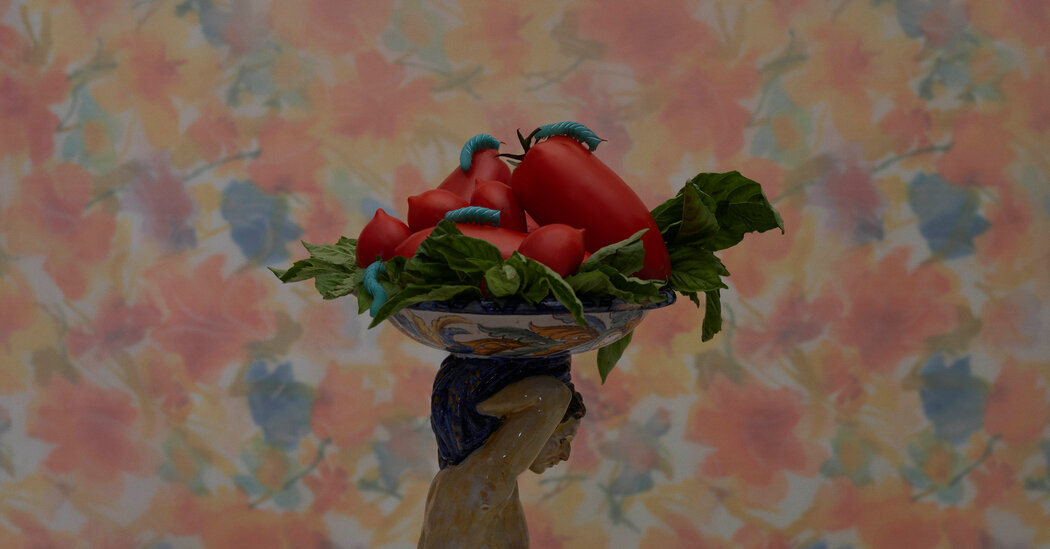Meanwhile, prices for olive oil have soared — in Europe, up to 50 percent higher this January compared to January of last year — as production declines because of weather and disease, with millions of trees in Italy succumbing to the Xylella fastidiosa bacterium, which scientists believe may have been brought over from Costa Rica on a coffee plant in 2008. And in perhaps the most direct hit to the nation’s soul, pasta prices rose so sharply in Italy last year, the government convened emergency talks, and consumer advocates lobbied for a price cap. Later, it was determined that companies were trying to recoup costs from buying marked-up wheat in the early stages of the war in Ukraine, a major producer. Prices stabilized; life has returned to normal. Perhaps pasta, at least, is safe — for now.
AROUND A.D. 39 or so, the Roman historian Suetonius (born later that century) recounts, a bridge was strung across the Bay of Naples. It was more than three miles long, built of boats weighed down by earth, so that the young emperor Caligula could ride atop the water, first on horseback in armor stolen from the tomb of Alexander the Great, and then in a chariot trailed by full military retinue. A tribute to human endeavor, and testament to its limits: Caligula was assassinated not long after, at age 28, and in A.D. 79, Vesuvius exploded. Black torrents of hot gas and ash swept down on the towns of Herculaneum and Pompeii, racing at up to 450 miles per hour and reaching temperatures as high as 1,000 degrees Fahrenheit, hotter than the surface of Venus, hot enough to crack bones and teeth and vaporize soft tissue, to make of flesh a sifting mist. One skull excavated from Herculaneum was found to contain a dark, translucent substance that, under examination, revealed proteins commonly present in the brain — the human mind, sealed into itself.
“We live in the shadow of Vesuvius,” Amedeo Colella, a 60-year-old local historian who designs food tours of Naples for a company called Culinary Backstreets, tells me. “Even when we speak of the future, we speak in the present tense.” Is this a self-conscious romanticization, or is poetry the only reasonable response to living with a volcano brooding on the horizon? Not to mention, even closer, about nine miles to the west, there’s the increasingly restive supervolcano known as Campi Flegrei (or Burning Fields), much of which lies beneath the Bay of Naples. Half a million people live within an eruption’s…
Click Here to Read the Full Original Article at NYT > Travel…
